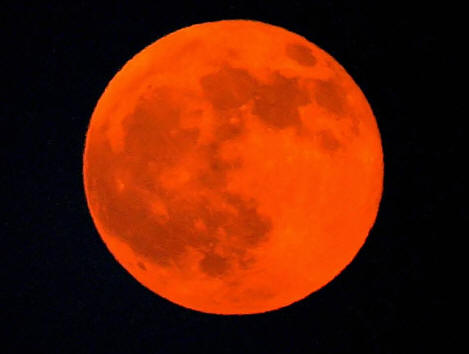
Total Lunar Eclipse

|
Skygazers hoping to catch the last lunar eclipse of 2010 on Tuesday morning best be ready to stay up late (or wake up very early) to watch the full moon as it goes through a range of dramatic color changes. The December 21 lunar eclipse is expected to last about three-and-a-half hours from its start as a partial eclipse at 1:33 a.m. ET to its finish at 5:01 a.m. ET, according to NASA. During a lunar eclipse, the moon, the Earth, and the sun align so that the sun's rays are shielded from the moon. An eclipse of the moon can only take place if the moon is full, and only if the moon passes through some portion of Earth's shadow, which is composed of two cone-shaped parts, one nested inside the other. The start of the total eclipse is expected around 2:41 a.m, when the entire moon passes through the Earth's umbra, or inner shadow, which blocks all direct sunlight from reaching the moon. The moon will take on a vibrant red color until 3:35 a.m., according to NASA. Before and after the total eclipse, the moon will pass through the penumbra, or outer region of the Earth's shadow, where Earth blocks some of the sun's rays, but not all. The entire event is visible from North America, Greenland and Iceland. Western Europe will see the beginning stages of the eclipse before moonset while western Asia will get the later stages after moonrise. Coincidentally, Tuesday December 21st is also the Winter Solstice, the shortest day of the year, and the beginning of winter. This will be the first time in 456 years that the solstice and a total lunar eclipse have occurred simultaneously. |
BACK
12/20/10